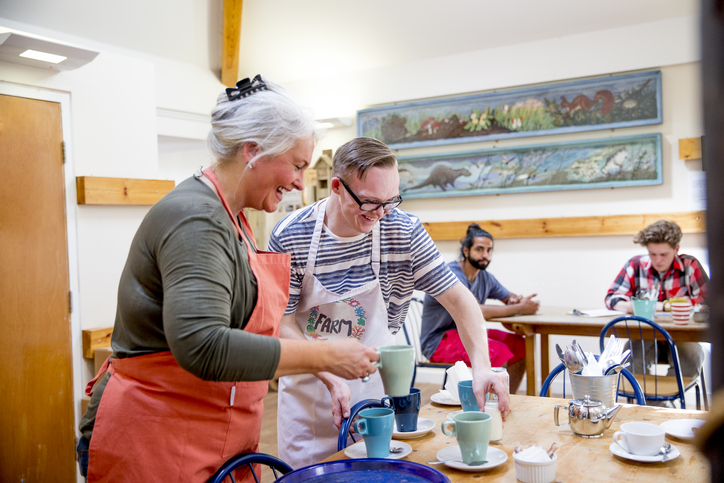BLOG
COVID-19 | The latest health and safety considerations for charities

As we approach the end of a third and hopefully final national lockdown, for charities, continuing to protecting staff, volunteers and the public will be a top priority. So what do you need to do to fulfil your duty of care and ensure you can resume services safely?
This blog summarises some of the main health and safety legal provisions charities remain alert to, as well as the key health and safety considerations for the sector at this stage of the coronavirus pandemic.
Common law duty of care
Charities are legally required to make sure that employees and non-employees affected by their activities are kept safe. This duty of care means that third-sector employers must provide and maintain a safe place and system of work that is without risk to people’s health. Facilities and arrangements for welfare at work must also be adequate, and adequate information, instruction and training must be provided in relation to risks and how they are controlled.
The word “health” is key here, especially given the implications of contracting COVID-19. Although coronavirus didn’t begin as a workplace hazard, it is “reasonably foreseeable” that people may be exposed to it during their work, so employers must do something about it.
Related Content
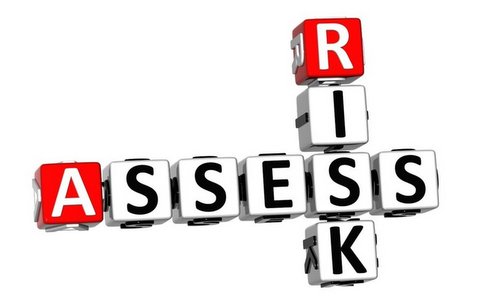
FREE COVID-19 RESOURCES FOR CHARITIES
Risk Assessment Templates, Sample Policies and More
Statutory duties
As well as the common law duty, employers have statutory duties, and none are more important than those set out in the Health and Safety at Work etc Act (HSWA) 1974.
The HSWA says every employer has a duty, so far as is “reasonably practicable”, to ensure the health, safety and welfare at work of all employees. The Act also requires employers to carry out their activities in ways that, so far as reasonably practicable, don’t expose non-employees to health and safety risks. This means that as a charitable employer, you have a duty to also protect anyone using your services or visiting your premises, including volunteers and members of the public.
These statutory duties are qualified by the words so far as “reasonably practicable”. This means employers must balance the health and safety risk against the cost, time and effort required to control it; the greater the risk, the more you are expected to do to reduce it. The consequences of contracting COVID-19 are well known, so doing nothing or very little to mitigate the risk of COVID-19 infection won’t be acceptable to a health and safety inspector.
Other notable health and safety laws include:
- The Management of Health and Safety at Work Regulations 1999, which require employers to identify and take appropriate measures to mitigate risks. COVID-19 is a biological disease and a risk that must be adequately managed.
- The Workplace (Health, Safety and Welfare) Regulations 1992, which require employers to ensure the working environment is safe, as free from risk as is reasonably possible, and that appropriate equipment is provided where necessary.
- The Control of Substances Hazardous to Health (COSHH) Regulations 2002, which require employers to prevent exposure or adequately control substances that are hazardous to health.
- The Personal Protective Equipment Regulations 2018, which require employers to provide employees exposed to health and safety risks with suitable protective equipment.
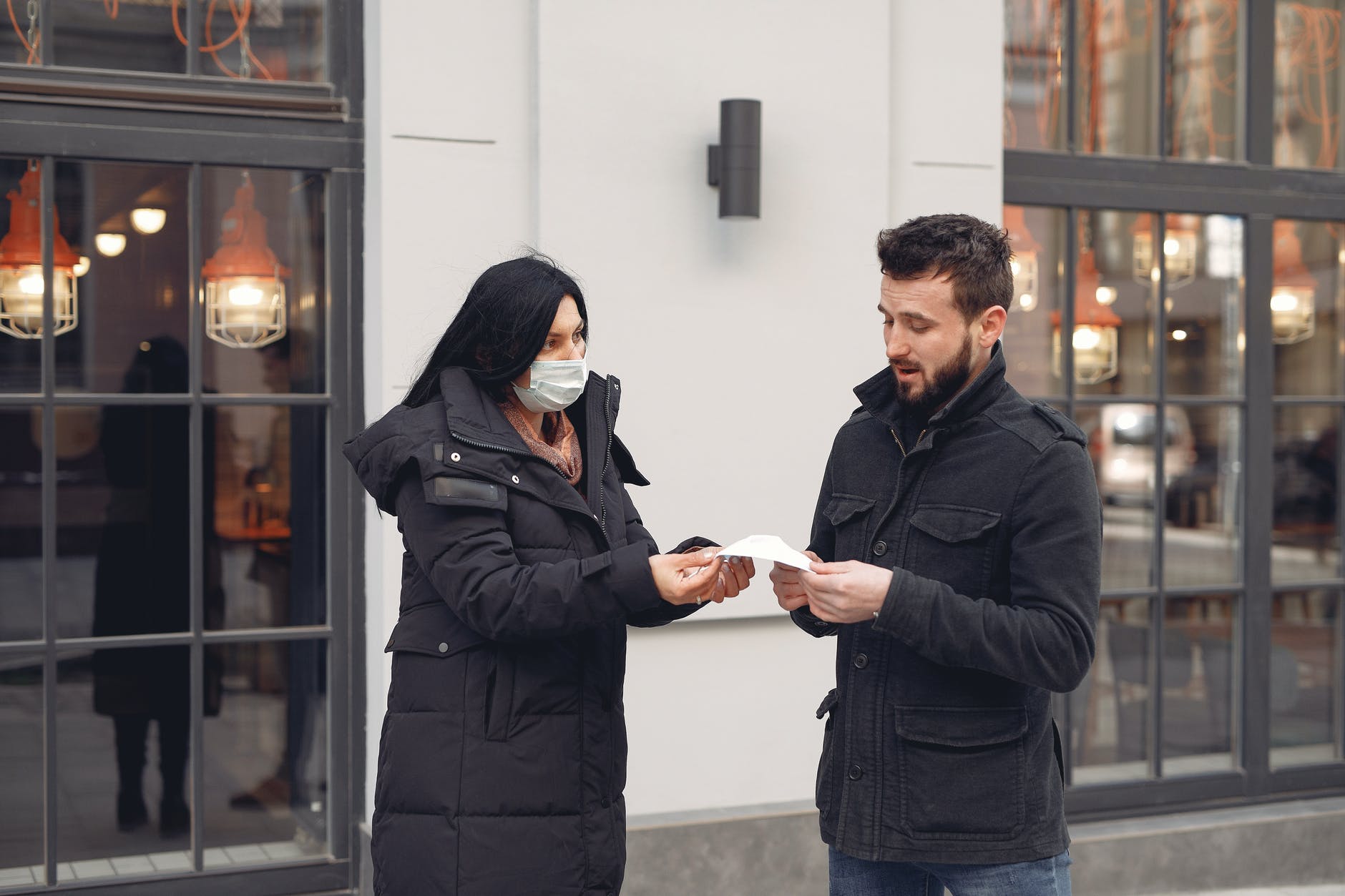
This is not an exhaustive list – in short, they are the relevant statutory instruments. These are criminal laws, so if you break them, you will be committing a criminal offence.
Director of Operations, Age UK Lewisham and Southwark
Risk assessment
The Management of Health and Safety at Work Regulations say employers must carry out a “suitable and sufficient” assessment of the health and safety risks to employees, as well as anyone else who may be affected by their activities.
Risk assessments must be “suitable and sufficient”. A good way to achieve this is to follow the Health and Safety Executive’s guidance. Employers with five or more employees must to record any significant findings. Assessments must then be periodically reviewed, including when workplace changes are made or an incident occurs. Updated legislation or guidance should also prompt a review.
Crucially, risk assessments results should be shared with people. Indeed, the government expects employers with over 50 employees to publish the results of their COVID-19 risk assessment on their website. Information on preventative measures should be shared with both employees and non-employees. Also consider using the “Staying COVID-19 Secure” notice.
Do you need support?
Speak to us for an honest, no obligation chat on:
0345 226 8393 Lines are open 9am – 5pm
New variants
New variants of the COVID-19 virus have been found developing across the world – in Brazil, South Africa and even here in the UK in Kent.
Unfortunately, all viruses mutate and we’re beginning to see changes to the original strain of coronavirus. When viruses mutate, the risks and potential effect they can have on a host change. For example, the UK Kent variant is said to be 70% more infectious than the original virus encountered in early 2020. On the plus side, virus mutation can go the other way and cause it to become less infectious or less hazardous; it’s thought this is what occurred to the 2018 Spanish Flu in 2019.
So what must an employer do to manage these new variants? The simple answer is that, to date, no new additional control measures or rules need to be followed. The basic principles of social distancing, good personal hygiene and regular cleaning still very much apply.
Our Health & Safety Team recommend that you:
- Review your COVID-19 risk assessment for your work setting (i.e. the place where you your team are based and/or where you run activities for the public) to make sure that it is still appropriate and in line with government guidance.
- Ensure your control measures are adequate and that all staff know how to correctly follow them.
- Keep up with government guidance – make sure that if any new guidance, rules or changes are announced, you follow them and record them in your risk assessment.
- Update staff of any changes.
Lone workers
The pandemic has potentially permanently changed the way we work. Huge numbers of people now work remotely from home, forcing businesses to cut back their operations and rethink the way they might operate in future.
With remote working comes new hazards that need to be controlled – namely work alone without close or direct supervision. Indeed, in addition to the changes in operations, a lack of funds and volunteers has seen even more charity workers being asked to work alone.
While lone working isn’t illegal, like any hazard within the workplace, you should try and eliminate it wherever possible. Where this can’t be done, controls will need to be put in place to ensure that work is being performed safely. These may include:
- Methods to improve communication, such as providing employees with mobiles;
- CCTV to remotely monitor workplaces;
- Panic alarms to alert of an emergency when someone’s in danger; and
- Monitoring an employee’s safety and wellbeing, such as keeping an up-to-date outlook diary and asking the worker to periodically text in.

Preparing for reopening
You will no doubt be looking forward to re-opening and resuming your normal activities. For now, the Prime Minister has said people should keep working remotely unless it is impossible to do so; hopefully, as the data unfolds, we will learn more specifically about when certain restrictions may end. In the meantime, you will need to anticipate a return by deciding how you can re-open safely.
Think about any important checks that may have lapsed such as those on fire safety, machinery and even statutory inspections. Of course, don’t forget the everyday things like ensuring you have adequate supplies of soap and sanitiser, and that appropriate cleaning arrangements are in place. Your premises may also need to be deep cleaned prior to opening; consider whether this can be done by staff/volunteers or whether you need to bring in professional cleaners.
Again, we strongly recommend that you review your current COVID-19 risk assessment. Make sure that the control measures you have in place are adequate.
You also need to implement a communication plan so that everyone knows how to support a COVID-secure environment.
Reoccupation Checklist
Use this template checklist to record important checks of your premises before returning to work after lockdown.
Safely delivering essential services and the impact of vaccination
This year has seen an unprecedented national effort to roll out COVID-19 vaccines across the UK, with a focus on vaccinating the most vulnerable and those most exposed to the virus. It is hoped the vaccines will prove to be a light at the end of a very dark tunnel.
Despite constant media speculation, we don’t yet know the extent to which the coronavirus vaccines will affect transmission of the virus, albeit early data suggests current vaccines are having a “really encouraging” impact on reducing transmission.
All being well, we will continue to see fewer COVID-19 hospital admissions and fewer fatalities as more of the population gains vaccine immunity. In the meantime, it’s key that you fully risk assess and implement as many control measures as possible in order to reduce the potential of the virus spreading from one person to another.
Whatever services you deliver, you will need to try to keep contact to a minimum. Reduce the overall number of people in premises and try to make sure the same groups (of six people or less) work together consistently as a work bubble wherever possible. All users of your building, staff and volunteers should avoid social interaction with anyone outside those they are usually grouped with.
Additionally, make sure everyone continues to maintain good personal hygiene and social distancing. In the coming months, lateral flow testing may play a wider role. The greater the testing, the greater the chance we may have at controlling spread of the virus.
Finally, remember that staff must self-isolate when complaining of any virus symptoms.
Need a helping hand keeping your team safe and productive?
Reoccupying workplaces and resuming essential services brings with it a number of health and safety and employment law implications, from managing the risks mentioned in this article to overcoming resistance from workers and possible restructuring. Whatever obstacles you face, our fixed-fee Health & Safety and Employment Law services are a cost-effective way to manage people and compliance, giving you access to dedicated support from experienced professionals.
To discuss your needs and how we can help you to make the best possible use of charity funds, call 0345 226 8393 to speak to one of our friendly team.
Sign up for the latest news & insights
Resources
Latest News & Insights

Changes to day one unfair dismissal rights | New six-month protection explained
BLOG Written by Patrick Carroll-Fogg on 1 December 2025 Of the almost 75 individual tweaks and changes set to be introduced under the Employment Rights
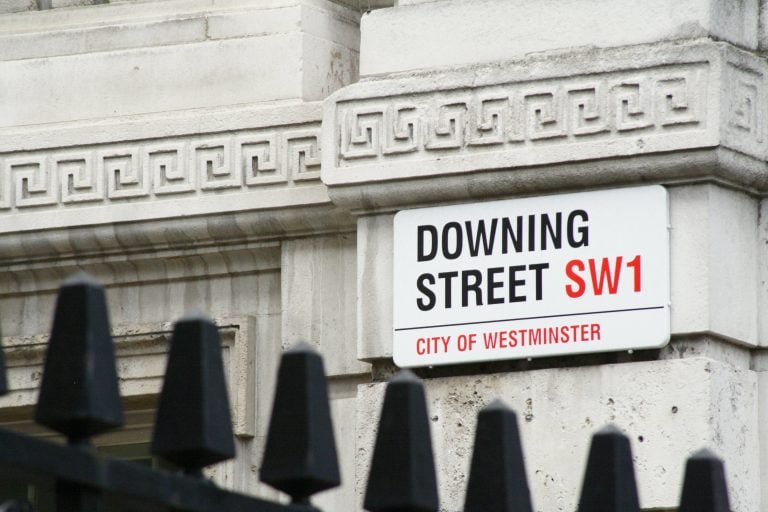
Breaking down the Budget 2025 for employers
BLOG Written by Daniel Rawcliffe on 27 November 2025 The recently announced UK Budget 2025 is a challenging one for small businesses. While it covers

AI for interviews with job candidates | Balancing technology with a human touch
BLOG Written by Danielle Fargnoli-Read and Tracey Burke on 21 November 2025 AI is reshaping the way UK businesses approach hiring, offering benefits such as

Workplace risks revealed | HSE 2024/25 report shows rising injuries and ill health
BLOG Written on 21 November 2025 Providing a safe, healthy workplace should be a top priority for all employers. But how well are workplaces actually
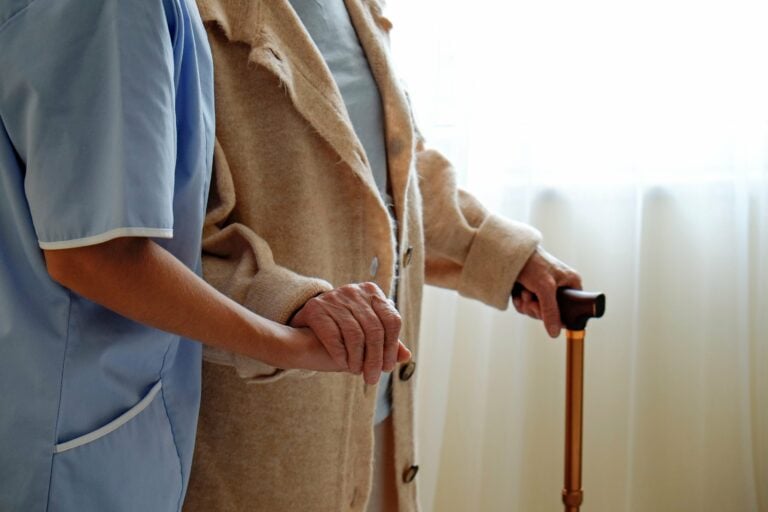
CQC under scrutiny | Inspection gaps highlight need for compliance readiness
BLOG Written on 12 November 2025 A recent BBC article highlighted that the Care Quality Commission (CQC) failed to routinely inspect a service previously rated

Duty to prevent sexual harassment | Almost half of UK businesses aren’t compliant
BLOG Written on 11 November 2025 Almost a year since the Worker Protection Act 2024 came into force, new research from our team at WorkNest

Unconscious bias in the workplace | Lessons from The Celebrity Traitors
Blog Written by Andrew Moore on 7 November 2025 The Celebrity Traitors has had us all hooked. While we tune in for the twists, betrayals

Best interview techniques for employers | 5 simple strategies for success
BLOG Written by Danielle Fargnoli-Read on 22 October 2025 The interview process hasn’t changed much in decades – and candidates can tell. Recycled questions, rigid

What happens if an employee resigns during the disciplinary process?
Bridging the growing gap between employers and today’s job seekers.


